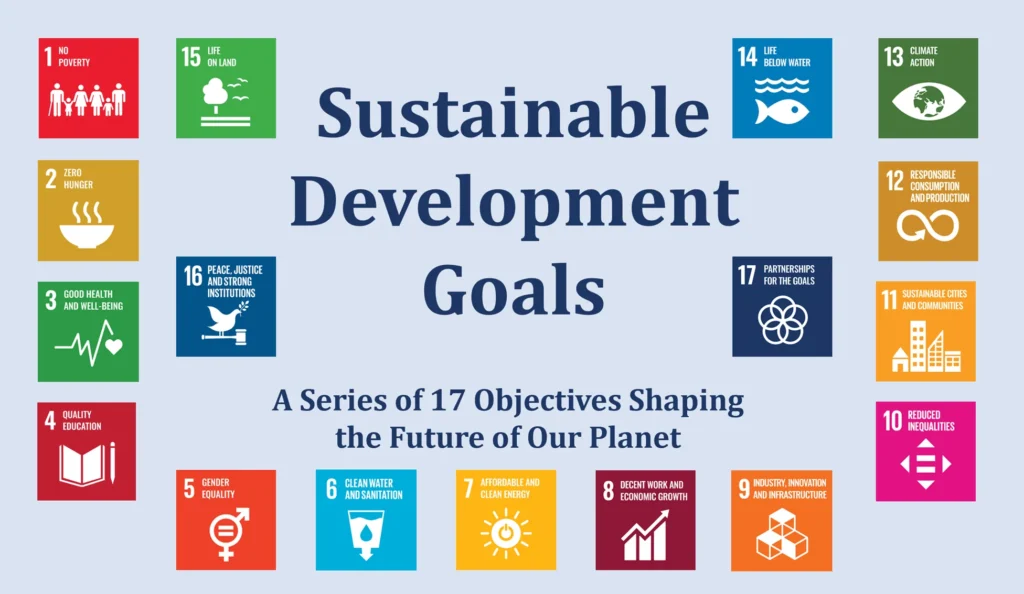
Introduction
Definition and background of Sustainable Development Goals
As part of the 2030 Agenda for Sustainable Development, the United Nations adopted a set of 17 global objectives known as the Sustainable Development Goals (SDGs) in 2015. They build upon the successes and shortcomings of the Millennium Development Goals (MDGs) and aim to address a wider range of interconnected issues affecting humanity and the planet. These goals cover a spectrum of economic, social, and environmental dimensions, with the overarching aim of achieving a more sustainable and equitable world by the year 2030.
Key principles and objectives of Sustainable Development Goals
The SDGs are guided by several key principles, including universality, leaving no one behind, integration, and sustainability. Universality implies that the goals apply to all countries, irrespective of their level of development, recognizing that global challenges require global solutions. The principle of leaving no one behind emphasizes the importance of addressing the needs of the most vulnerable and marginalized populations to ensure equitable progress. Integration underscores the interconnectedness of various sustainable development issues, advocating for holistic approaches to problem-solving. Lastly, sustainability underscores the importance of balancing economic, social, and environmental considerations to meet the needs of current and future generations without compromising the planet’s ability to support life.
Importance of SDGs in global development
The SDGs represent a comprehensive framework for addressing some of the most pressing challenges facing humanity, including poverty, hunger, health, education, gender equality, climate change, and environmental degradation. By providing a roadmap for sustainable development, the SDGs offer governments, businesses, civil society organizations, and individuals a common agenda for action. They promote collaboration and partnership at local, national, and global levels to mobilize resources, share knowledge, and implement solutions that benefit people and the planet. Achieving the SDGs is essential for promoting peace, prosperity, and well-being for all while safeguarding the Earth’s natural systems upon which life depends.
The purpose of this blog is to delve into each of the 17 SDGs, examining their objectives, targets, and indicators in detail. By exploring the underlying issues and challenges addressed by each goal, as well as the interlinkages between them, readers will gain a deeper understanding of the complexity of sustainable development. Moreover, this blog aims to highlight the significance of the SDGs in shaping global development priorities and fostering collective action towards a more just, equitable, and sustainable future. Through informative analysis and real-world examples, readers will be empowered to contribute to the achievement of the SDGs in their own communities and beyond.
Overview of the 17 SDGs
The Sustainable Development Goals (SDGs) represent a universal call to action to end poverty, protect the planet, and ensure that all people enjoy peace and prosperity by 2030. Here’s an overview of the first four SDGs:
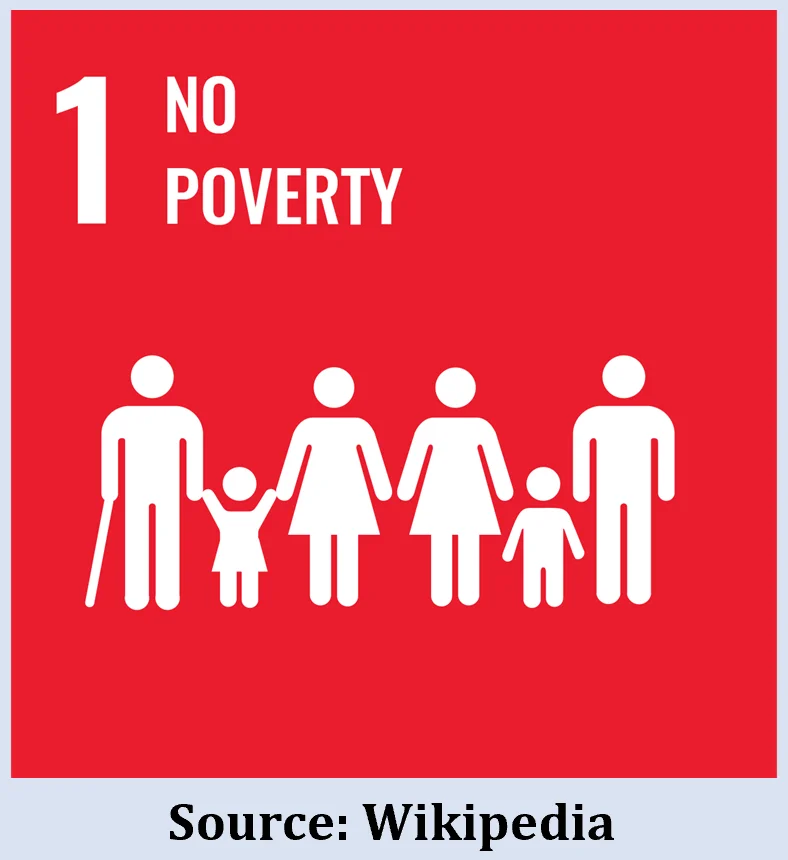
Goal 1: No Poverty
It aims to eradicate extreme poverty globally. This encompasses not only the lack of income but also access to basic necessities such as food, shelter, and education. Poverty is a multi-dimensional issue, and achieving this goal requires addressing factors such as inequality, social exclusion, and lack of opportunities. By implementing social protection systems, promoting inclusive economic growth, and ensuring equal access to resources and opportunities, the goal is to lift millions out of poverty and create a more equitable society.
Goal 2: Zero Hunger
Ending hunger, achieving food security, enhancing nutrition, and advancing sustainable agriculture are the objectives of Goal 2. Despite global progress in reducing hunger, millions still suffer from malnutrition and food insecurity. This goal calls for increasing agricultural productivity, supporting small-scale farmers, promoting resilient agricultural practices, and ensuring access to nutritious and safe food for all. Achieving zero hunger is not only a moral imperative but also essential for sustainable development, as hunger undermines health, education, and economic opportunities.

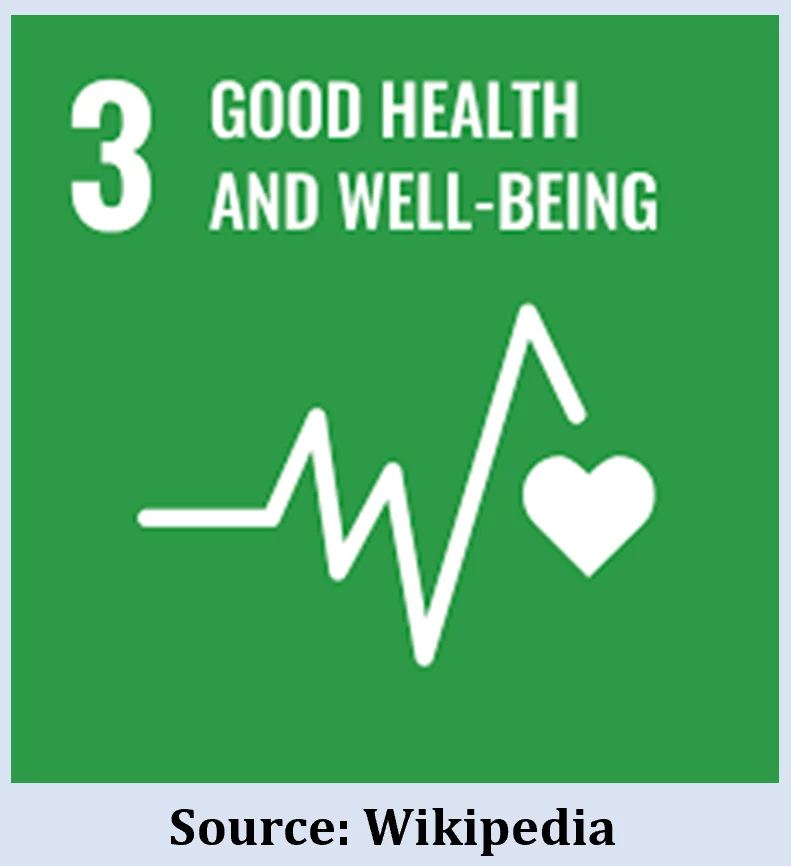
Goal 3: Good Health and Well-being
It seeks to guarantee and advance everyone’s health and wellbeing at all ages. This encompasses reducing maternal and child mortality, combating communicable and non-communicable diseases, ensuring access to essential healthcare services, and promoting mental health and well-being. Improving health outcomes is not only a fundamental human right but also a driver of economic growth and social development. By investing in healthcare infrastructure, strengthening health systems, and promoting preventive measures, countries can achieve significant progress towards this goal.
Goal 4: Quality Education
Goal 4 focuses on ensuring inclusive and equitable quality education for all. Education is a powerful tool for eradicating poverty, promoting gender equality, fostering economic growth, and building peaceful and sustainable societies. This goal aims to ensure that all children, regardless of gender, ethnicity, or socioeconomic background, have access to quality primary and secondary education. It also emphasizes the importance of lifelong learning opportunities, including vocational training and higher education, to equip individuals with the knowledge and skills needed for personal and professional development.
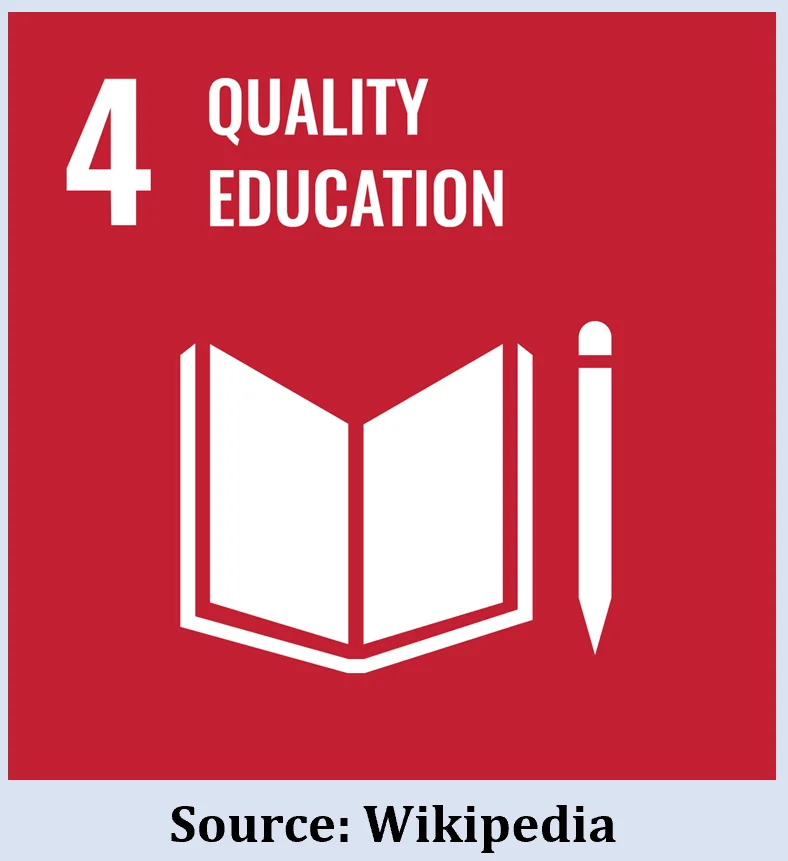
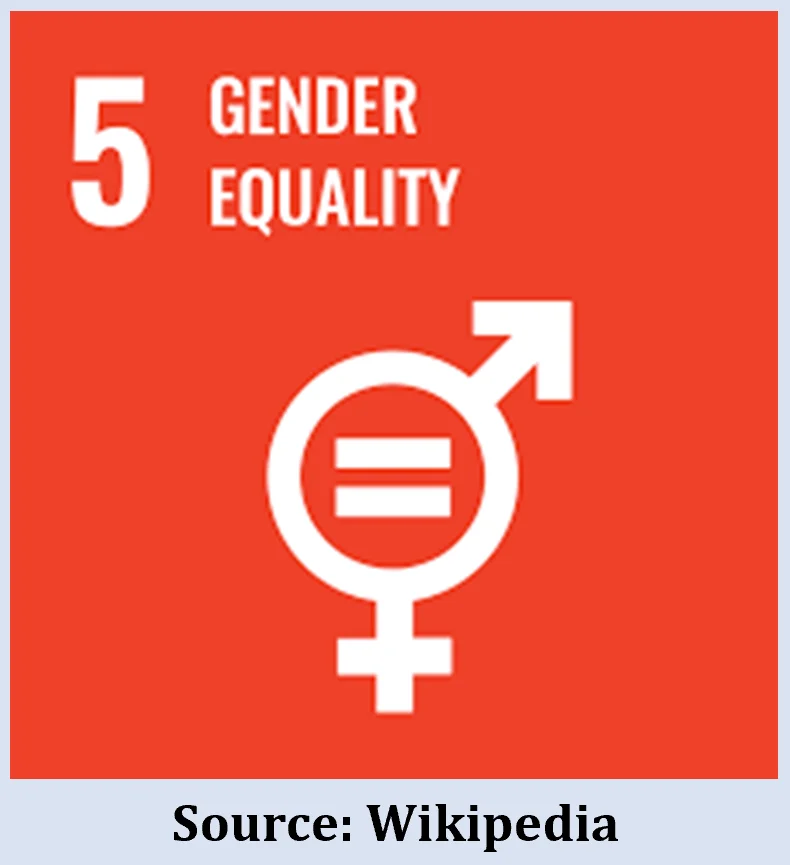
Goal 5: Gender Equality
Achieving gender parity and empowering all women and girls is the focus of Goal 5. Despite progress in recent decades, gender disparities persist worldwide, limiting women’s rights and opportunities. This goal aims to end discrimination, violence, and harmful practices against women and girls, ensuring equal access to education, healthcare, employment, and leadership positions. Achieving gender equality is not only a matter of human rights but also essential for sustainable development, as empowered women contribute to economic growth, social cohesion, and environmental sustainability.
Goal 6: Clean Water and Sanitation
Goal 6 focuses on ensuring access to clean water and sanitation for all. Despite significant progress, billions of people still lack access to safe drinking water and adequate sanitation facilities, leading to waterborne diseases, environmental degradation, and economic setbacks. This goal calls for improving water quality, increasing water efficiency, and promoting water conservation and sanitation practices. Ensuring universal access to clean water and sanitation is essential for public health, poverty reduction, and ecosystem sustainability.
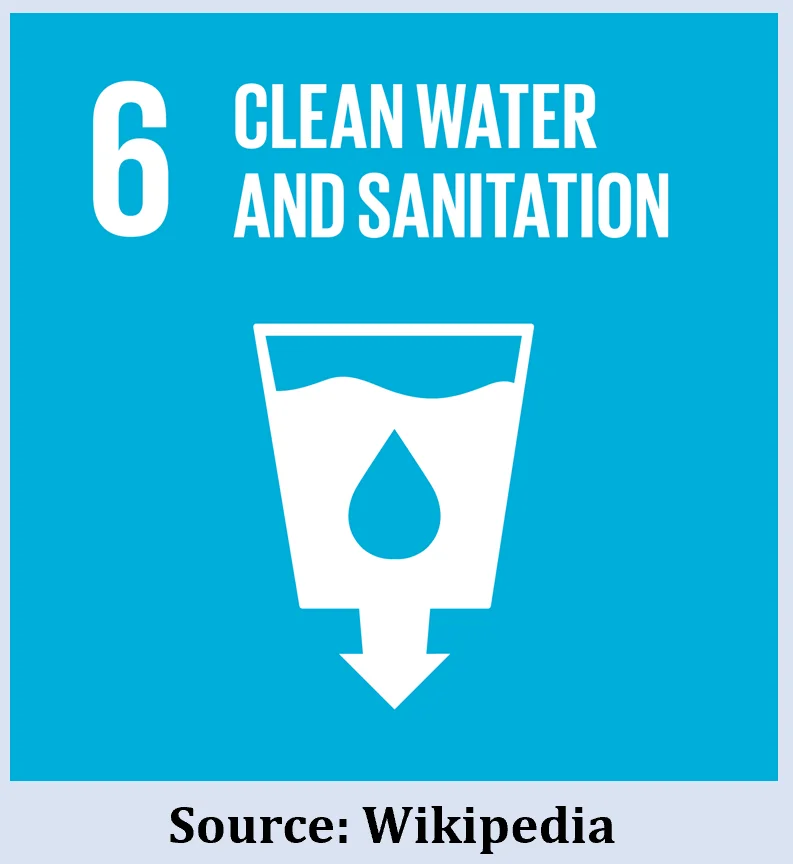
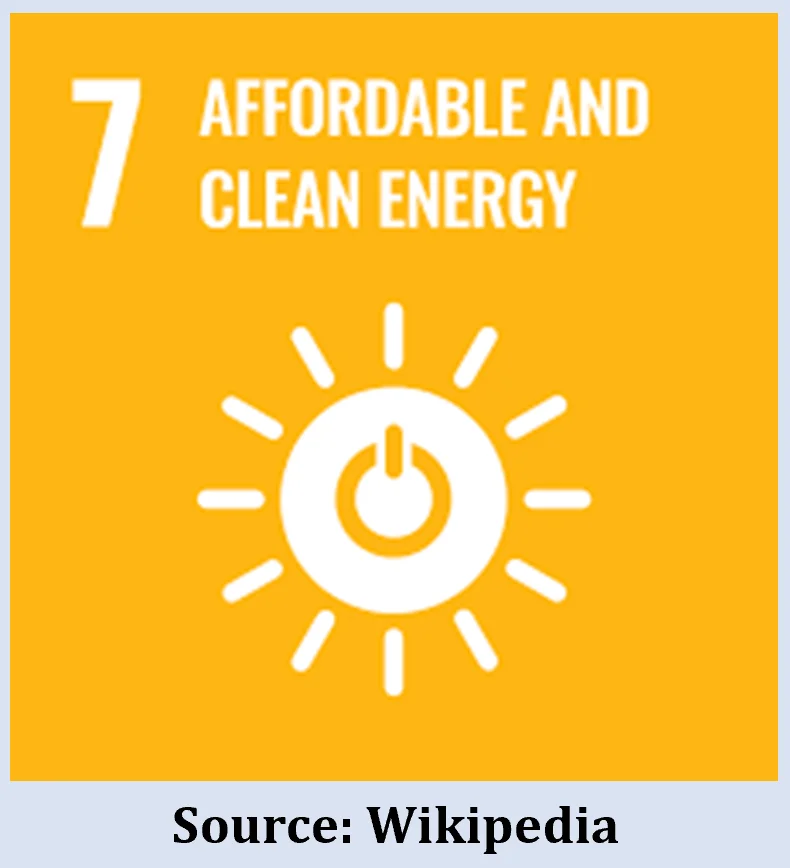
Goal 7: Affordable and Clean Energy
The seventh goal is to guarantee that everyone has access to modern, affordable, dependable, and sustainable energy. Energy is crucial for economic development, social progress, and environmental sustainability. However, billions of people still lack access to electricity, relying on inefficient and polluting sources of energy. This goal calls for promoting renewable energy sources, enhancing energy efficiency, and expanding energy infrastructure in a sustainable manner. Transitioning to clean energy not only mitigates climate change but also improves air quality, reduces poverty, and fosters economic growth.
Goal 8: Decent Work and Economic Growth
The promotion of full and productive employment, decent work for all, and sustained, inclusive, and sustainable economic growth are the main objectives of Goal 8. Despite global economic growth, millions of people remain unemployed or underemployed, and many work in precarious conditions with low wages and limited social protection. This goal calls for creating more job opportunities, supporting entrepreneurship, and ensuring safe and fair working environments. Decent work and economic growth are essential for reducing poverty, promoting social inclusion, and achieving sustainable development.
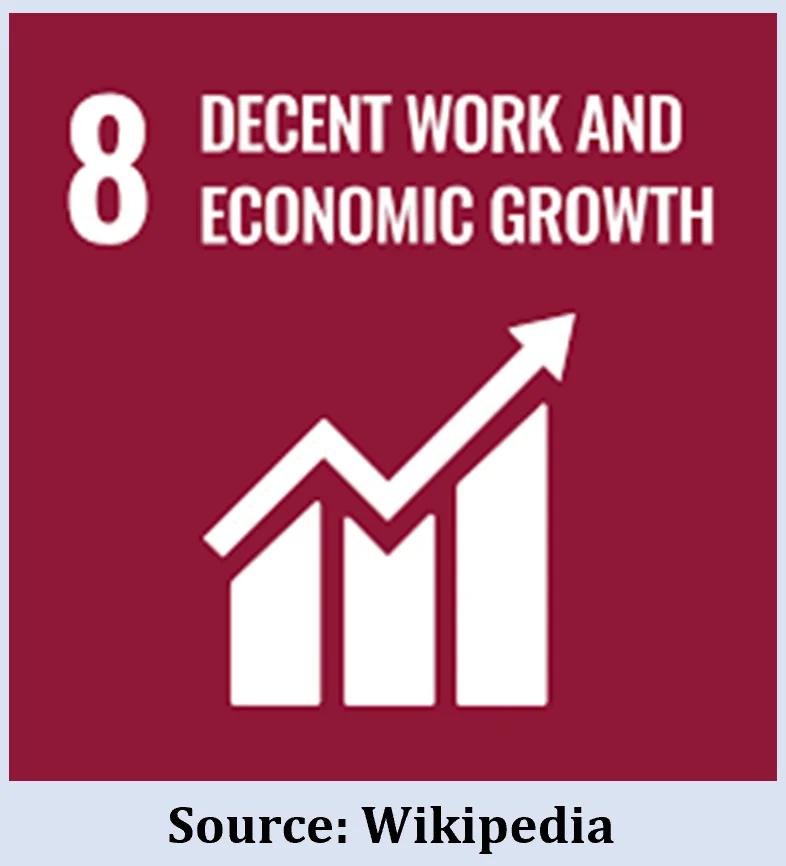
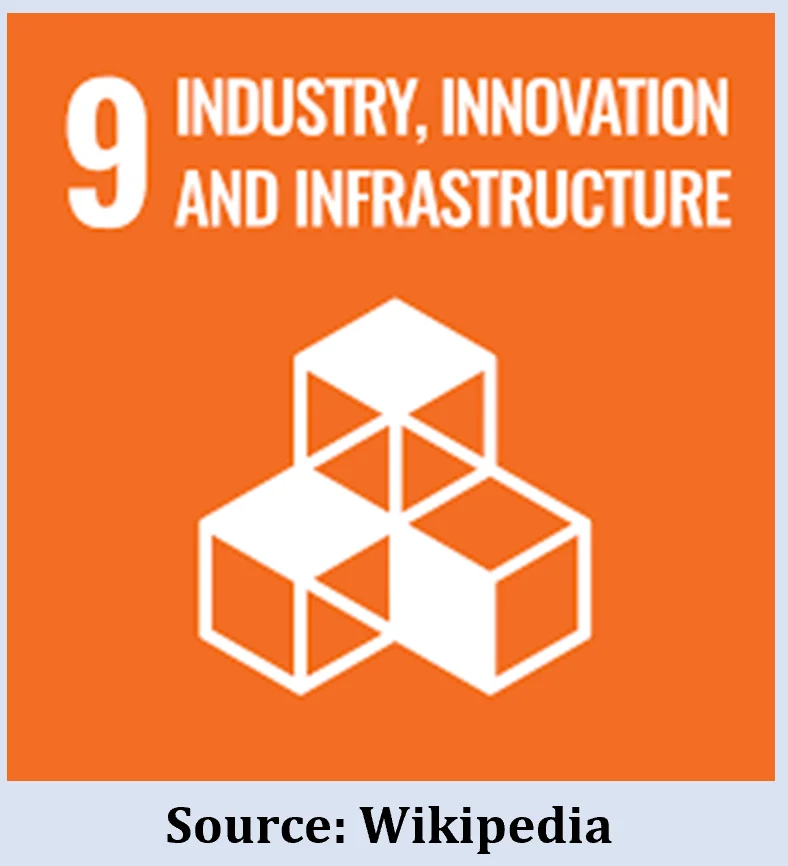
Goal 9: Industry, Innovation, and Infrastructure
Building robust infrastructure, encouraging equitable and sustainable industrialization, and encouraging innovation are the three main objectives of Goal 9. Access to reliable infrastructure, including transportation, communication, and energy systems, is essential for economic development, social inclusion, and environmental sustainability. This goal calls for investment in infrastructure development, upgrading industrial technologies, and fostering innovation ecosystems. By promoting sustainable industrial practices and expanding access to technology and innovation, Goal 9 aims to support economic growth, create job opportunities, and enhance resilience in the face of environmental and economic challenges.
Goal 10: Reduced Inequality
Reducing inequality both inside and across nations is the focus of Goal 10. Despite progress in poverty reduction, inequality remains a pervasive issue, with marginalized groups facing discrimination and exclusion based on factors such as income, gender, ethnicity, disability, and geographical location. This goal calls for policies and measures to empower and promote the social, economic, and political inclusion of all individuals. By tackling root causes of inequality, promoting progressive taxation, ensuring equal opportunities, and strengthening social protection systems, Goal 10 aims to create a more just, equitable, and inclusive society.
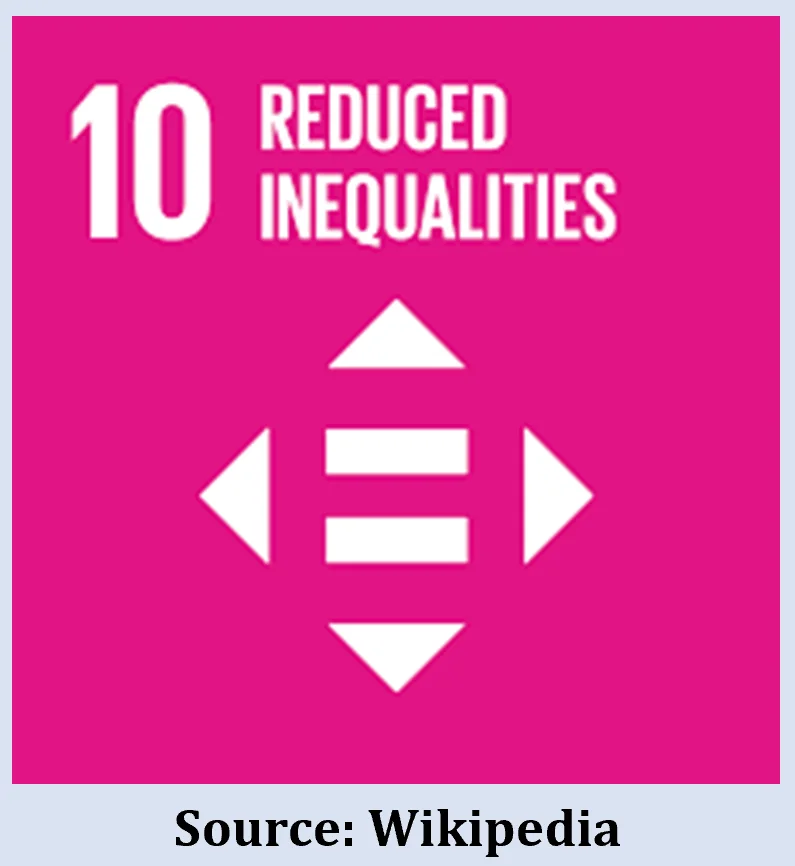

Goal 11: Sustainable Cities and Communities
Ensuring inclusive, safe, resilient, and sustainable cities and human settlements is the objective of Goal 11. Urbanization is a defining trend of the 21st century, with over half of the world’s population now living in cities. This goal calls for sustainable urban planning and management, ensuring access to basic services, promoting affordable housing, and enhancing environmental sustainability. By investing in public transportation, green spaces, and disaster resilience measures, Goal 11 aims to create livable and resilient cities that support sustainable development and improve the quality of life for all residents.
Goal 12: Responsible Consumption and Production
Ensuring sustainable patterns of production and consumption is the goal of Goal 12. Unsustainable consumption and production practices contribute to resource depletion, environmental degradation, and climate change. This goal calls for reducing waste generation, promoting resource efficiency, and adopting sustainable lifestyles and business practices. By raising awareness, implementing sustainable procurement policies, and supporting sustainable production methods, Goal 12 aims to minimize the environmental impact of consumption and production activities and promote sustainable development.
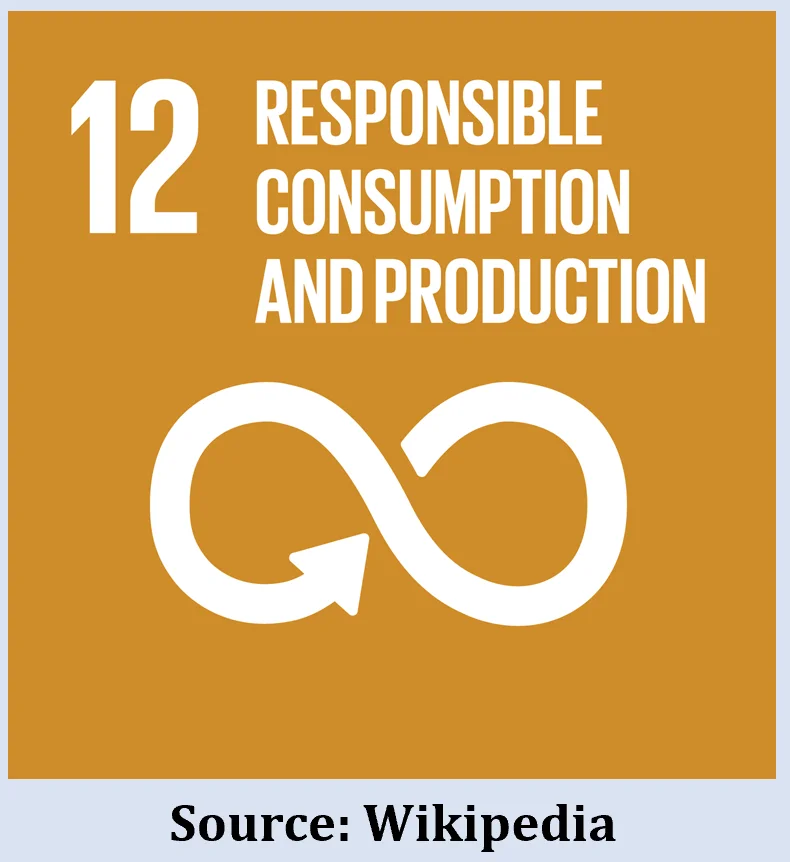
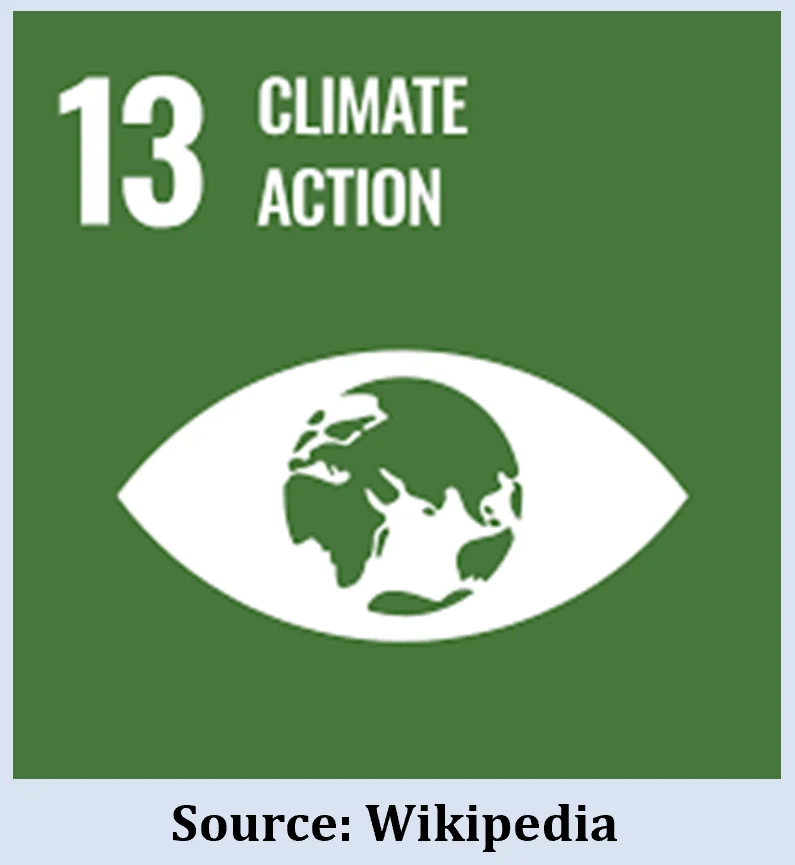
Goal 13: Climate Action
The urgent need to tackle climate change and its effects is addressed in Goal 13. Climate change poses a significant threat to human well-being, ecosystems, and economies worldwide, exacerbating poverty, food insecurity, and natural disasters. This goal calls for reducing greenhouse gas emissions, enhancing resilience and adaptive capacity to climate-related hazards, and mobilizing resources for climate mitigation and adaptation efforts. By transitioning to renewable energy sources, implementing sustainable land-use practices, and promoting climate-resilient infrastructure, Goal 13 aims to limit global warming and build a more sustainable and resilient future for all.
Goal 14: Life Below Water
The central aim of Goal 14 is to prioritize the conservation and responsible utilization of seas, oceans, and marine resources to foster sustainable development. These vast bodies of water play a pivotal role in regulating global climate patterns, nurturing diverse ecosystems, and supporting the livelihoods of millions worldwide. Nevertheless, marine environments confront unprecedented challenges arising from pollution, overexploitation, habitat degradation, and the impacts of climate change. Goal 14 underscores the urgent need to preserve marine biodiversity, mitigate marine pollution, and adopt sustainable management practices for fisheries and coastal ecosystems. Through the establishment of marine protected areas, the promotion of responsible fishing techniques, and concerted efforts to curb plastic pollution, Goal 14 endeavors to safeguard marine ecosystems, ensuring their resilience and productivity for both current and future generations.
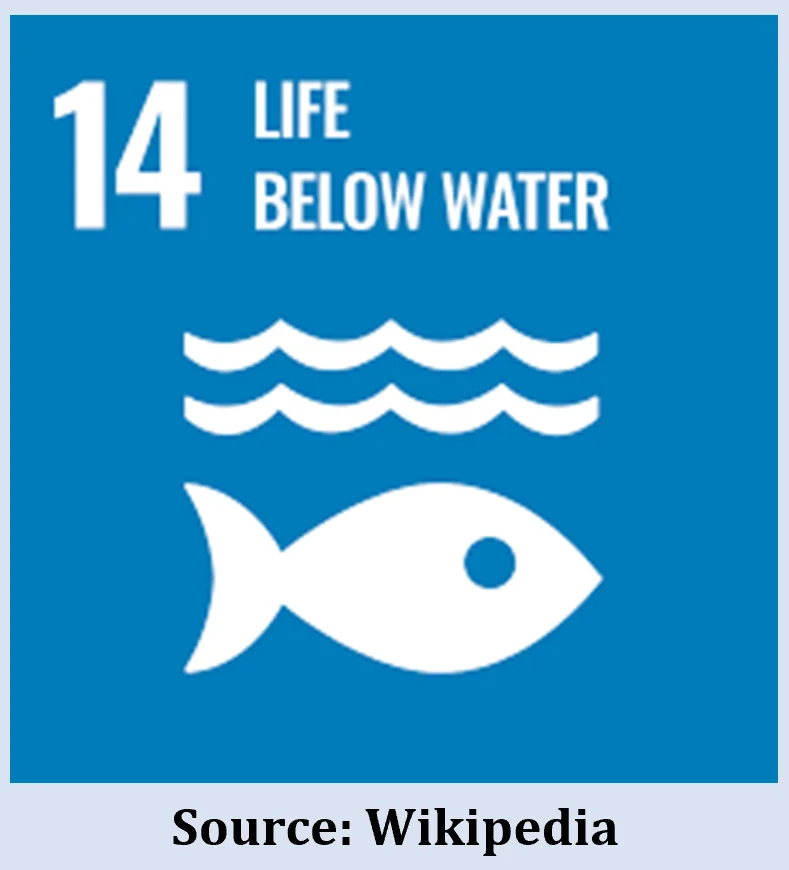
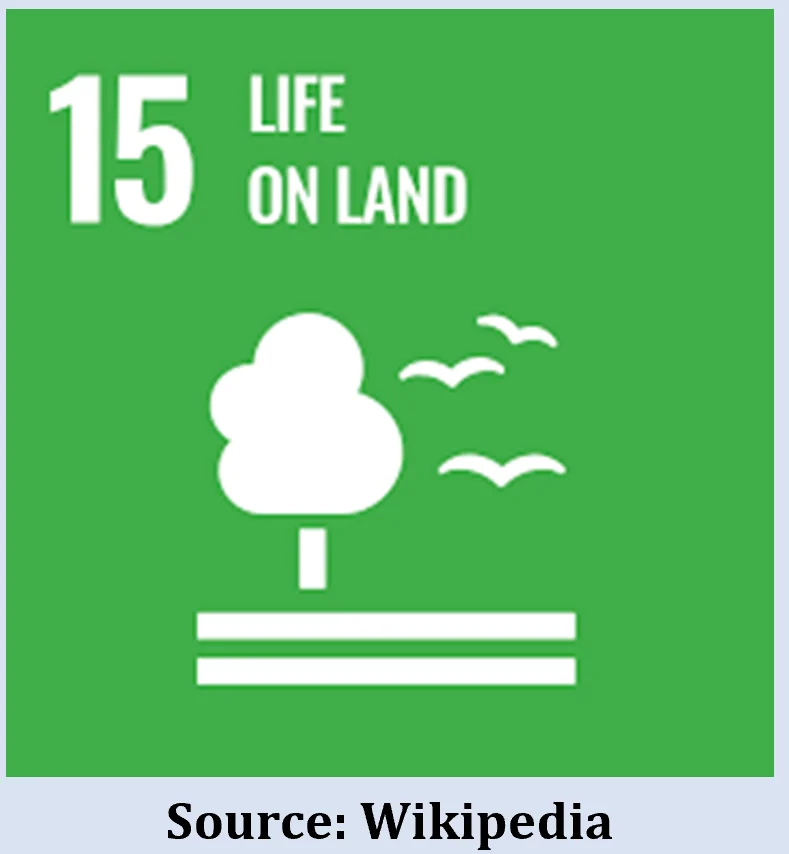
Goal 15: Life on Land
Goal 15 seeks to stop deforestation, fight desertification, and stop the loss of biodiversity while also promoting the sustainable use of terrestrial ecosystems. Land ecosystems provide essential services, including clean air, freshwater, and food production, and support livelihoods for millions of people worldwide. However, land degradation, deforestation, and loss of biodiversity threaten the integrity and resilience of ecosystems. This goal calls for restoring degraded lands, conserving biodiversity, and promoting sustainable land management practices. By preserving forests, restoring degraded ecosystems, and combating desertification, Goal 15 aims to ensure the health and vitality of terrestrial ecosystems and promote sustainable development.
Goal 16: Peace, Justice, and Strong Institutions
Goal 16 promotes peaceful and inclusive societies for sustainable development, providing access to justice for all and building effective, accountable, and inclusive institutions at all levels. Peace, stability, and the rule of law are essential for sustainable development and the realization of human rights. This goal calls for reducing violence, combating corruption, promoting the rule of law, and ensuring equal access to justice and legal rights. By strengthening institutions, promoting transparency and accountability, and fostering dialogue and conflict resolution, Goal 16 aims to build peaceful and inclusive societies that uphold the principles of justice, human rights, and good governance.


Goal 17: Partnerships for the Goals
Goal 17 emphasizes the importance of global partnership and cooperation in achieving the Sustainable Development Goals. Addressing the complex challenges of sustainable development requires collaborative efforts among governments, businesses, civil society organizations, and other stakeholders. This goal calls for enhancing international cooperation, mobilizing resources, and promoting multi-stakeholder partnerships for sustainable development. By fostering dialogue, sharing knowledge and expertise, and mobilizing financial and technical support, Goal 17 aims to strengthen global solidarity and collective action towards achieving the SDGs.
Importance of SDGs
Discuss the significance of SDGs
The Sustainable Development Goals (SDGs) are a set of 17 interconnected global objectives established by the United Nations to address pressing challenges facing humanity and the planet. The significance of the SDGs lies in their ability to provide a comprehensive framework for sustainable development that integrates economic, social, and environmental dimensions. Here’s why the SDGs are essential:
- Universal Agenda: The SDGs represent a universal agenda applicable to all countries, regardless of their level of development. By addressing a wide range of issues, from poverty and hunger to climate change and inequality, the SDGs provide a common roadmap for countries to work towards a more sustainable and equitable future.
- Holistic Approach: Unlike previous development frameworks, the SDGs take a holistic approach to sustainable development. They recognize the interconnectedness of social, economic, and environmental challenges, understanding that progress in one area is often dependent on progress in others. This holistic approach ensures that no aspect of development is overlooked and that solutions are comprehensive and sustainable.
- Human-Centered: At the core of the SDGs is a commitment to leaving no one behind. The goals prioritize the needs of the most vulnerable and marginalized populations, including women, children, persons with disabilities, and indigenous communities. By focusing on inclusive development, the SDGs aim to ensure that all individuals have equal access to opportunities and can fully participate in society.
4. Long-Term Vision: The SDGs provide a long-term vision for sustainable development, with a target date of 2030. This timeframe allows countries to set ambitious goals and develop strategies for achieving them over the course of a decade. By setting clear targets and deadlines, the SDGs encourage governments, businesses, and civil society organizations to take action and measure progress towards sustainable development.
Highlight the interconnectedness of the goals
The SDGs are deeply interconnected, and progress in one goal often depends on progress in others. Here’s how the goals are interconnected:
- Social and Economic Goals (Goals 1-10): Achieving goals related to poverty eradication, hunger, health, education, and gender equality contributes to building more inclusive and resilient societies. For example, improving access to education (Goal 4) can help lift people out of poverty (Goal 1) and empower women (Goal 5), leading to better health outcomes (Goal 3) and economic growth (Goal 8).
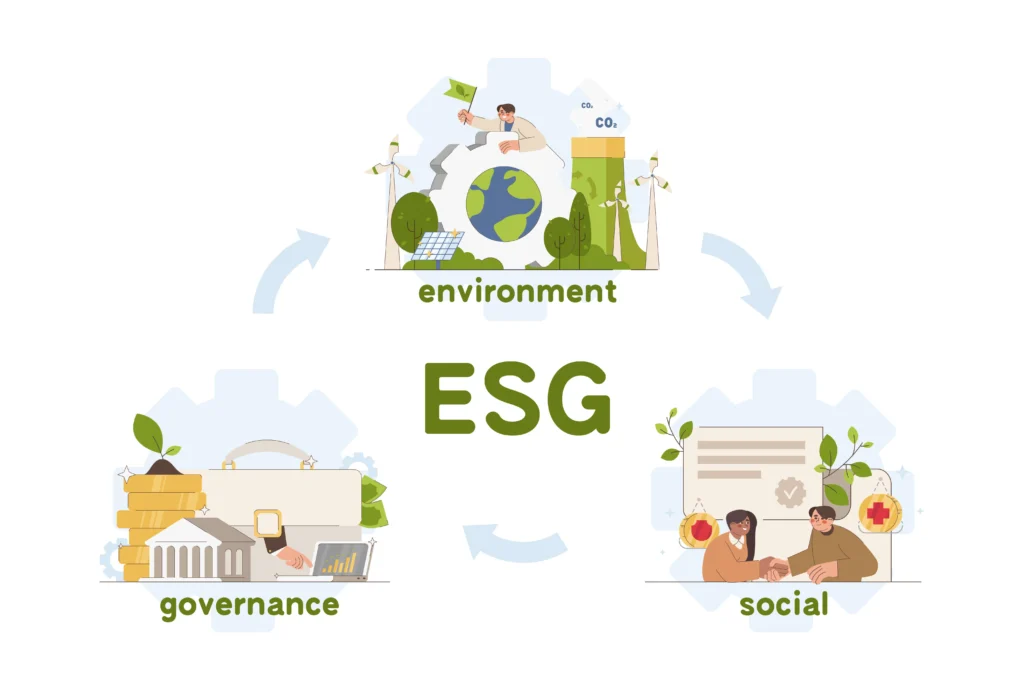
- Environmental Goals (Goals 11-15): Promoting sustainable cities (Goal 11), responsible consumption and production (Goal 12), and conservation of ecosystems (Goals 14-15) is essential for protecting the planet and ensuring long-term well-being. Environmental degradation can exacerbate poverty (Goal 1), food insecurity (Goal 2), and health crises (Goal 3), highlighting the interconnectedness of social and environmental sustainability.
- Peace, Justice, and Governance Goals (Goals 16-17): Peace, justice, and strong institutions are prerequisites for achieving sustainable development and fostering collaboration among nations and stakeholders. Without peace and security (Goal 16), progress towards the other goals is hindered, highlighting the importance of addressing root causes of conflict and promoting inclusive governance structures (Goal 17) for sustainable development.
Recognizing and leveraging these interconnections is critical for designing holistic approaches to sustainable development. Collaboration and integrated strategies are essential for maximizing impact and achieving the SDGs’ overarching objective of creating a more equitable, resilient, and sustainable world for all. By addressing the interconnected challenges of poverty, inequality, environmental degradation, and conflict, countries can work together to build a better future for present and future generations.
Implementing Sustainable Development Goals
Governmental efforts and policies
Role of governments in setting and implementing SDGs:
- Governments play a central role in setting national development agendas aligned with the Sustainable Development Goals (SDGs). They are responsible for adopting policies, allocating resources, and implementing strategies to achieve the SDGs.
- Governments are tasked with integrating the SDGs into national development plans and policies, ensuring coherence across sectors and levels of government. They also facilitate coordination and collaboration among various stakeholders, including other levels of government, civil society organizations, and the private sector.
Examples of countries leading in sustainable development practices
- Countries such as Sweden, Finland, and Denmark are often cited as leaders in sustainable development due to their comprehensive social welfare systems, strong environmental policies, and commitment to gender equality.
- Bhutan’s Gross National Happiness (GNH) index prioritizes well-being over economic growth, incorporating environmental conservation and cultural preservation into its development agenda.
- Costa Rica has made significant progress in renewable energy production, conservation efforts, and environmental protection, positioning itself as a global leader in sustainable development.
Challenges faced by governments in achieving SDGs
- Limited resources and capacity constraints can hinder governments’ efforts to implement the SDGs effectively, particularly in developing countries.
- Political instability, corruption, and governance issues can undermine progress towards the SDGs, leading to uneven development outcomes and social inequalities.
- Balancing economic growth with environmental sustainability and social inclusion presents complex challenges for governments, requiring integrated approaches and trade-off decisions.
Private sector engagement
Corporate responsibility and sustainability initiatives
- Many businesses are adopting corporate social responsibility (CSR) practices and integrating sustainability into their operations, supply chains, and business models.
- Companies are investing in renewable energy, reducing carbon emissions, and implementing sustainable production and consumption practices to minimize environmental impact.
- CSR initiatives also encompass social aspects such as promoting human rights, labor standards, and community development.
Collaboration between businesses and communities
- Businesses are partnering with local communities, NGOs, and government agencies to address social and environmental challenges at the grassroots level.
- Collaborative projects may include community development programs, environmental conservation efforts, and capacity-building initiatives aimed at empowering local communities.
Impact investing and social enterprise models
- Impact investors are funding businesses and projects that generate positive social and environmental outcomes alongside financial returns.
- Social enterprises are leveraging business models to address social and environmental issues, offering innovative solutions to pressing challenges while sustaining themselves financially.
Civil society and grassroots movements
Role of NGOs and community organizations in sustainable development
- Non-governmental organizations (NGOs) and community-based organizations play a crucial role in advocating for sustainable development, raising awareness, and mobilizing resources at the local and international levels.
- They often work directly with communities to address their needs, build local capacity, and implement projects that promote social, economic, and environmental sustainability.
Mobilizing citizens for positive change
- Civil society organizations mobilize citizens through campaigns, advocacy efforts, and grassroots movements to promote sustainable development goals, hold governments and businesses accountable, and drive positive change.
- Citizen engagement and participation are essential for building inclusive and democratic societies that prioritize sustainable development and social justice.
Grassroots innovations and solutions for sustainable development
- Grassroots innovations emerge from local communities and address specific challenges using creative and context-specific solutions.
- Examples include community-led renewable energy projects, sustainable agriculture initiatives, and waste management programs that promote resource efficiency and environmental conservation at the local level.
Overall, achieving the Sustainable Development Goals requires concerted efforts from governments, the private sector, civil society, and grassroots movements. Collaboration, innovation, and inclusive approaches are key to realizing the vision of a more equitable, resilient, and sustainable world for all.
Monitoring and Evaluation of SDGs
Indicators and metrics for tracking progress
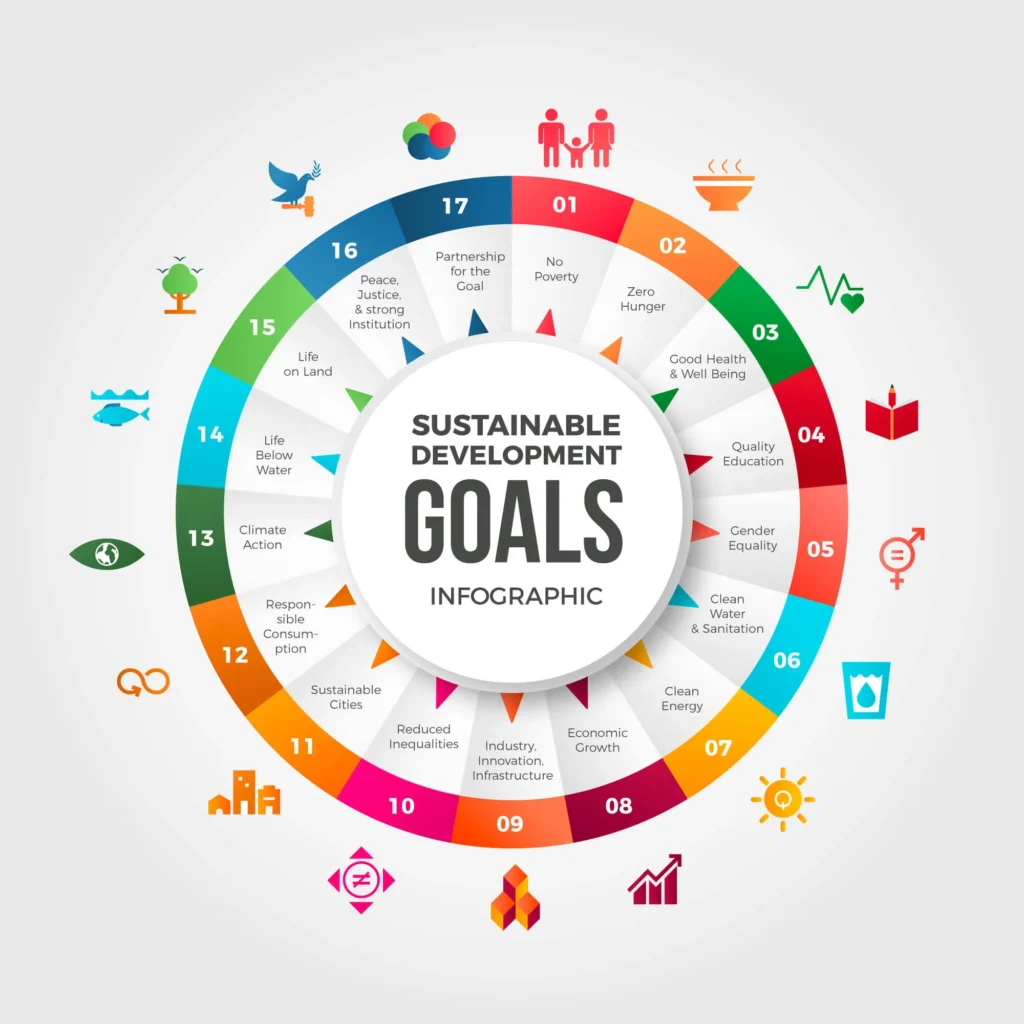
Key performance indicators for each SDG
Each Sustainable Development Goal (SDG) is accompanied by a set of specific targets and indicators to track progress towards achieving the goal. These indicators are designed to measure various aspects of sustainable development, including poverty, health, education, gender equality, environmental sustainability, and economic growth. For example, indicators for Goal 1 (No Poverty) may include the percentage of the population living below the poverty line, income inequality metrics, and access to social protection programs.
Data collection and reporting mechanisms
- Data collection for SDG monitoring involves gathering information from national statistical offices, surveys, administrative records, and other sources.
- Many countries have established national SDG reporting frameworks to track progress and report on indicators regularly. Some countries also develop Voluntary National Reviews (VNRs) to share their progress, experiences, and challenges in implementing the SDGs at the United Nations High-Level Political Forum (HLPF).
Challenges in monitoring and evaluating SDG progress
- Data availability and quality vary across countries and regions, making it challenging to compare progress globally.
- Some indicators are more difficult to measure accurately, especially those related to environmental sustainability and social well-being.
- Limited resources and technical capacity may hinder countries’ ability to collect and analyze data effectively.
Global partnerships and collaborations
Role of international organizations in supporting SDG implementation
- International organizations such as the United Nations, World Bank, and regional bodies play a crucial role in providing technical assistance, capacity building, and funding support to countries in implementing the SDGs.
- These organizations facilitate knowledge exchange, coordinate global efforts, and mobilize resources to address common challenges and achieve shared objectives.
Cross-border efforts and initiatives for achieving SDGs
- Cross-border collaborations and partnerships are essential for addressing transnational challenges such as climate change, biodiversity loss, and infectious diseases.
- Regional initiatives, multilateral agreements, and bilateral partnerships help countries work together to achieve common goals and share resources and expertise.
Sharing best practices and lessons learned from global collaborations
- Global collaborations provide opportunities for countries to learn from each other’s experiences, share best practices, and adopt innovative solutions to sustainable development challenges.
- Platforms such as the HLPF and international conferences allow stakeholders to exchange knowledge, showcase success stories, and identify areas for improvement.
Accountability and transparency
Importance of transparency in SDG reporting
- Transparency in SDG reporting ensures that governments and organizations are held accountable for their commitments and actions towards achieving the goals.
- Transparent reporting mechanisms promote trust, credibility, and public confidence in the SDG process.
Mechanisms for holding governments and organizations accountable
- Accountability mechanisms include regular progress reports, independent evaluations, and peer reviews to assess performance and identify areas needing improvement.
- Civil society organizations, the media, and citizens play a crucial role in holding governments and organizations accountable by monitoring progress, advocating for transparency, and raising awareness about the SDGs.
Citizen engagement and participation in monitoring SDG progress
- Citizen engagement enhances accountability and promotes ownership of the SDGs by empowering individuals and communities to participate in decision-making processes, monitor progress, and hold governments and organizations accountable.
- Participatory approaches, such as citizen consultations, community scorecards, and social audits, enable citizens to voice their concerns, contribute to policy dialogue, and drive positive change at the local and national levels.
Monitoring and evaluating progress towards the SDGs require coordinated efforts, robust data systems, and multi-stakeholder collaborations. By tracking progress, sharing knowledge, and promoting transparency and accountability, countries can accelerate progress towards achieving the Sustainable Development Goals and building a more sustainable and inclusive future for all.
Challenges and Obstacles
Identify obstacles in achieving the SDGs
- Resource Constraints: Many countries, particularly in the Global South, face significant resource constraints, including limited financial resources, inadequate infrastructure, and human capital shortages, hindering their ability to implement the SDGs effectively.
- Complexity and Interconnectedness: The interconnected nature of the SDGs poses challenges for implementation, as progress in one area often depends on progress in others. Balancing economic growth with environmental sustainability and social inclusion requires integrated approaches and trade-offs.
- Political Will and Governance: Political instability, corruption, and governance issues can impede progress towards the SDGs, undermining policy coherence, institutional effectiveness, and accountability.
- Climate Change and Environmental Degradation: Climate change, biodiversity loss, deforestation, and pollution pose significant threats to sustainable development, exacerbating poverty, hunger, and inequality, and undermining efforts to achieve the SDGs.
- Inequality and Social Exclusion: Persistent inequalities based on factors such as income, gender, ethnicity, and geography limit access to opportunities and undermine social cohesion, posing challenges for achieving inclusive and equitable development.
Discuss socio-economic, environmental, and political challenges
- Socio-economic Challenges: Poverty, unemployment, inadequate healthcare, and education systems, and income inequality hinder progress towards achieving multiple SDGs, particularly those related to poverty eradication, health, education, and gender equality.
- Environmental Challenges: Climate change, natural disasters, deforestation, biodiversity loss, and pollution threaten environmental sustainability and undermine efforts to achieve goals related to environmental conservation, clean energy, and sustainable cities.
- Political Challenges: Political instability, corruption, weak governance, and lack of political will hinder policy implementation, undermine institutional effectiveness, and impede progress towards the SDGs.
Address the role of inequalities and global disparities
- Inequalities and global disparities exacerbate challenges in achieving the SDGs, perpetuating poverty, hunger, and social exclusion. Addressing inequalities based on income, gender, ethnicity, and geography is essential for achieving inclusive and equitable development.
- Efforts to reduce inequalities require targeted interventions, including social protection programs, access to quality education and healthcare, and affirmative action policies to promote gender equality and empower marginalized communities.
Progress and Success Stories
Highlight successful initiatives and progress made towards achieving the SDGs
- Showcase successful initiatives and best practices from different regions and sectors that have made significant progress towards achieving the SDGs.
- Highlight examples of innovative approaches, partnerships, and policy interventions that have contributed to positive outcomes and improved the lives of people and the planet.
Showcase case studies from different regions
- Present case studies from diverse regions that demonstrate progress in specific SDGs, showcasing local solutions, community-led initiatives, and government policies that have contributed to sustainable development.
- Illustrate how countries and communities have overcome challenges and leveraged opportunities to make tangible progress towards achieving the SDGs.
Emphasize the importance of collective action and collaboration
- Emphasize the role of collective action and collaboration in driving progress towards the SDGs, highlighting the importance of partnerships, multi-stakeholder engagement, and global solidarity.
- Showcase examples of successful collaborations between governments, civil society, the private sector, academia, and international organizations in advancing the SDGs and achieving shared objectives.
Conclusion & FAQs
Recap the main challenges, obstacles, and successes highlighted in the blog, emphasizing the interconnected nature of the SDGs and the importance of addressing socio-economic, environmental, and political challenges to achieve sustainable development. In order to address urgent global issues and create a better world for both the present and the future generations, it is important to highlight the crucial role that the SDGs play in directing global efforts towards a more sustainable, egalitarian, and resilient future for all.
Call for continued commitment and collective action from governments, businesses, civil society, and individuals to accelerate progress towards achieving the SDGs, urging stakeholders to prioritize sustainable development, address inequalities, and work together towards common goals.
